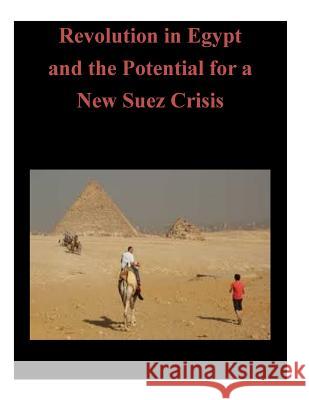Revolution in Egypt and the Potential for a New Suez Crisis » książka
Revolution in Egypt and the Potential for a New Suez Crisis
ISBN-13: 9781500500856 / Angielski / Miękka / 2014 / 76 str.
What is the probability for renewed conflict in the Sinai region in light of Egypt's recent revolution? This monograph examines that question by analyzing Nasser's Free Officer revolution of the 1950s that led to 1956 Suez Crisis (Nasser era) and the recent 2011 Egyptian revolution (Muslim Brotherhood era). The study uses a comparative case study methodology to analyze both revolutionary environments against political, economic, social, and military variables. A pattern of five revolutionary phases emerge showing the causal trends leading to the 1956 Suez Crisis and the current trends that could lead to renewed conflict in the Sinai. During the Nasser era, pan-Arab nationalism was the primary driving force. In the Brotherhood era, Islamism is the primary trend shaping the revolution. Both periods demonstrate deep systemic trends of political corruption, economic stagnation, social turmoil, anti-imperialism, and anti-Zionism that indicate an elevated propensity for crisis. Mitigating trends also emerge such as the U.S.-Egyptian security cooperation relationship, secular democracy, and economic development. U.S. leaders could leverage these trends to prevent another crisis in the region.











